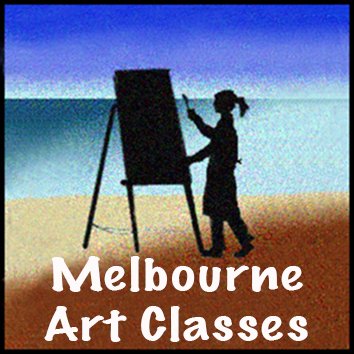LEGS AND FEET - THE LONG AND THE SHORT OF IT
So you can draw the legs on a stick man (hopefully), now it is time to flesh them out.
Hopefully, you have an anatomical reference, if you have not borrowed or purchased one as yet, download several from the internet and get familiar with the look of the main muscle groups.
PS. What I love about Sarah Simblet's Anatomy for the Artist is the sequence of pages showing skeletal structure to muscle structure to what you see on the skin level and a transparent page between, very helpful.
LEARNING PROCESS for all body parts
Go through the drawing stages (stick figure, fleshing out, studying local anatomical parts more, drawing the main muscle groups, and then drawing the limb from a model or photo. Do this with many views of the legs.(as with any part of the body, it looks very different depending on the gender, body type, viewpoint, and lighting: the more practice the better)
FEET
Hands and feet are a huge challenge for all beginning artists (and even experienced artists)
Important things to note about feet:
* The foot is roughly 30% longer than the hand and from heel to base of the big toe is roughly about a full head length.
* Some people's second toe is longer than the big toe, while others not
* Some have an angle turning inward along the big toe, others don't
* The external ankle (malleolus, lower end of the fibula) is lower than the internal ankle(lower end of tibia). Just check on your own foot which side of the ankle is higher/lower if you forget!
The base of Ankle (tarsal bones)
The heel bone (Calcaneous)
Instep
Metatarsals (long bones of the foot)
Toe (Phalanges)
Try to observe the external landmarks and what underlying structures actually make the lumps and bumps
Always start by estimating the main basic lines, shapes, proportions and angles
Next, refine the lines of each separate area, observing relationships between different parts, observe also the negative spaces
Making the foot look 3D comes next, so shading or hatching as you prefer can be done to show the form with light and shade
Find more foot references to practice









